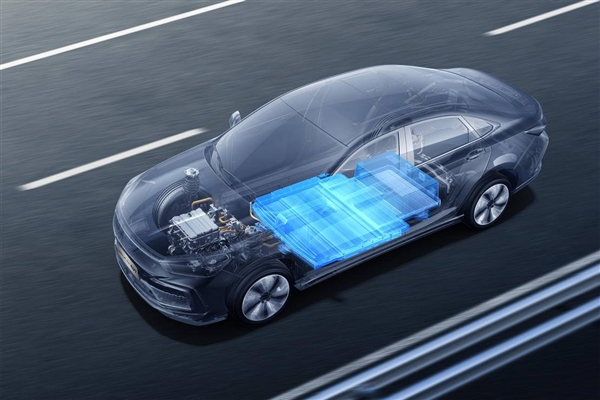March 17, 2025 – European scientists, as reported by TechXplore, have highlighted a new type of eco-friendly battery with self-healing capabilities that could offer innovative solutions for the electric vehicle (EV) industry, aiming to reduce costs, enhance safety, and improve energy density and charging speeds.
SINTEF, a Norwegian research institution dedicated to industrial and technological advancements, is currently developing a novel battery that promises greater stability compared to traditional lithium-ion batteries, potentially extending driving range and prolonging battery life. Researchers liken the battery’s structure to a “sandwich,” with the cathode on top, the anode at the bottom, and a separator layer along with adhesive materials holding everything in place. While this architecture is common to all batteries, SINTEF believes the uniqueness of their new battery lies in the improved materials used.
The battery’s cathode is made from a cobalt-free lithium-nickel-manganese oxide, with lower nickel and lithium content than conventional EV batteries. This chemical composition increases the battery’s average voltage, resulting in shorter charging times and enhanced performance. Additionally, the battery can store more energy in a smaller space.

For the anode, the battery employs a silicon-graphite composite material. Many battery companies are currently exploring silicon anodes to address energy loss issues associated with traditional graphite anodes. U.S. startups like Amprius, Group14, and Sila Nanotechnologies are also delving into this area. However, a significant challenge with silicon anodes is their tendency to expand during charge and discharge cycles. By combining silicon with graphite, this issue is effectively mitigated, making the anode more stable and durable.
Moreover, the battery incorporates a special adhesive material akin to “super glue” that can repair minor damage to battery cells, similar to self-healing tires. This technology relies on a new adhesive and separator layer, with the former securing the battery’s active materials and the latter preventing short circuits by ensuring the cathode and anode do not come into direct contact. According to SINTEF, the development of the first-generation prototype electrolyte has been completed, and the research team is now focusing on optimizing the second-generation battery cells.
It has been learned from the report that the team has already initiated plans for mass production. Innovations in the lab are just the first step; the real challenge lies in achieving scalable production. In recent years, there have been numerous breakthroughs in battery chemistry, but only a few have successfully made it to market.












